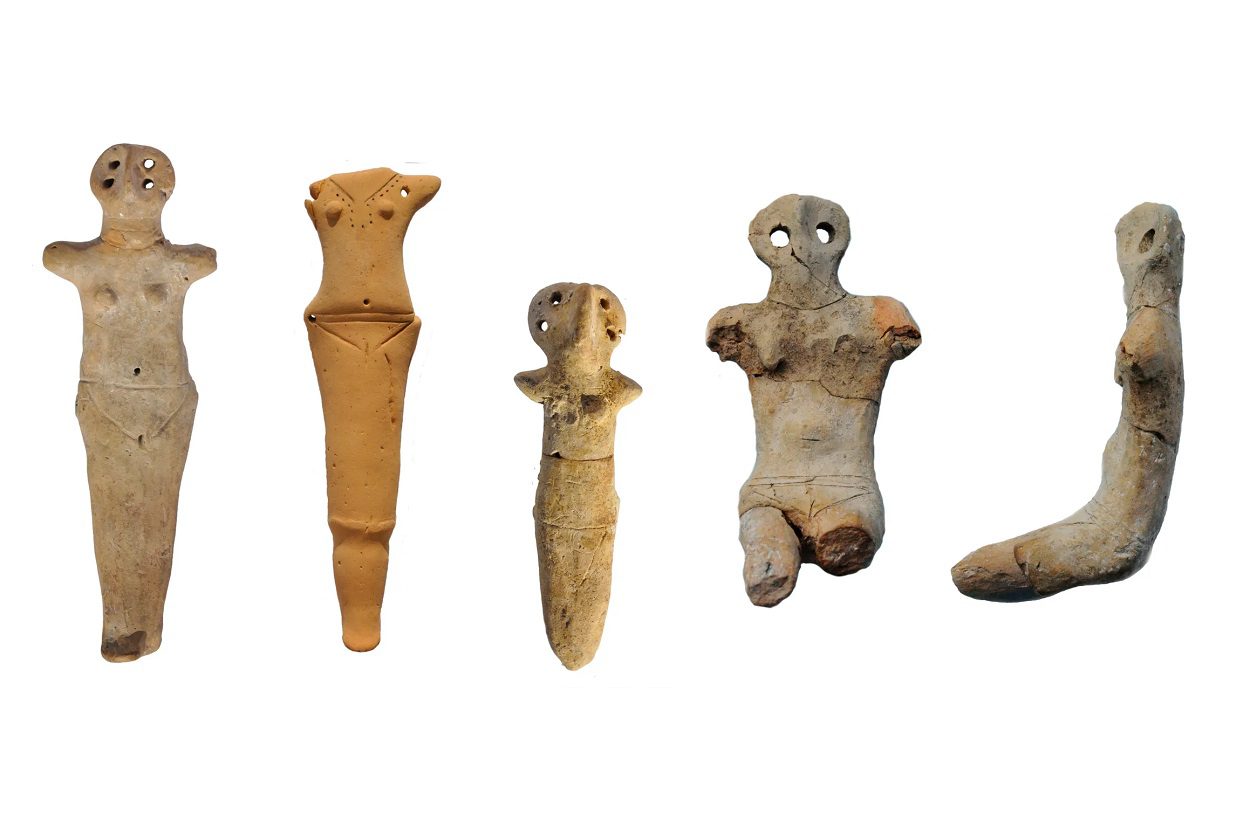Archaeologists from the Borschivskyy Local History Museum have uncovered a ritual hoard in Verteba Cave in the Ternopil province, Ukraine.
The cave contains up to 8km’s of passageways which was used as a Sanctuary by the Cucuteni-Trypillia Culture.
The Cucuteni-Trypillia Culture emerged during the Neolithic–Chalcolithic (5500 to 2750 BC) in Eastern Europe, extending from the Carpathian Mountains to the Dniester and Dnieper regions, centred on modern-day Moldova, and covering substantial parts of western Ukraine and northeastern Romania.
A mysterious characteristic of the culture was the regular dismantling or burning of settlements, where each individual dwelling site had a lifespan of approximately 60 to 80 years.
Scholars debate the reason behind the burning of these settlements. Some settlements were reconstructed multiple times on pre-existing habitational levels, maintaining the form and direction of the prior structures.
Some of the settlements, such as Talianki, grew to be as large as the city-states of Sumer in the Fertile Crescent, and these Eastern European settlements predate the Sumerian cities by more than half of a millennium.
Little is known as the religious practices of the Cucuteni-Trypillia Culture, and examples of ceramics discovered are very rare. However, archaeologists excavating in Verteba Cave have uncovered a gigantic clay storage jar containing a white organic material (yet to be analysed).
Near the jar the team noticed a small niche in the cave wall, which upon a closer examination led to the discovery of a ritual hoard consisting of five female “goddess” clay figurines.
Many figurines have been found across Cucuteni-Trypillia sites, but the term “goddess” may not be entirely appropriate for every female anthropomorphic clay figurine. The archaeological evidence indicates that distinct figurines served various functions (such as protection) and therefore not all of them embody a goddess.
The researchers also found jewellery and tools (for pottery production) made of boar teeth, which is relatively unique as the culture’s rituals are normally focused more on domesticated animals like cattle, sheep, goats and dogs. When wild animals were represented, they are usually bears or deer.
Header Image Credit : Mykhailo Sokhatskyi





